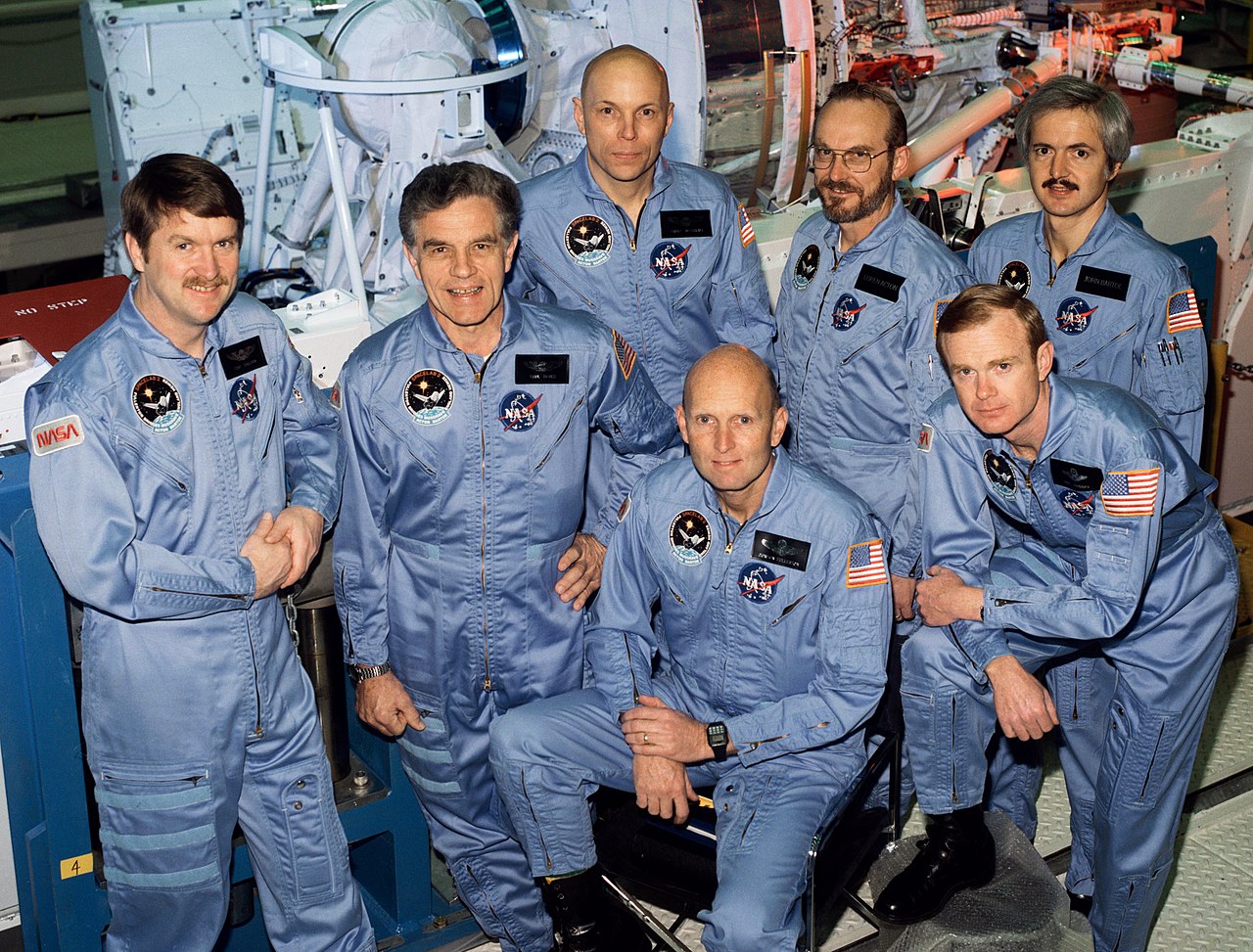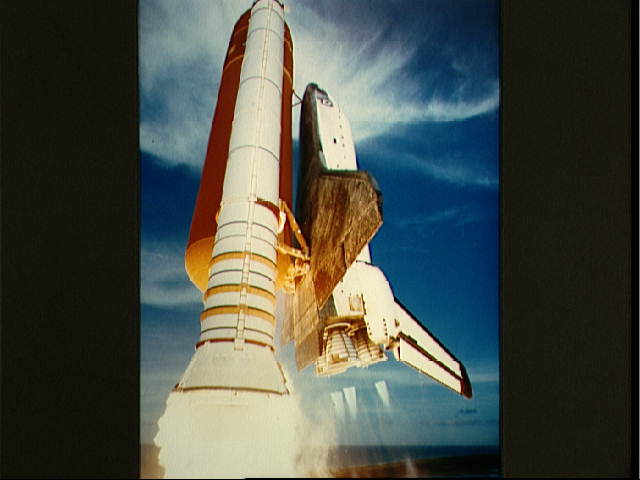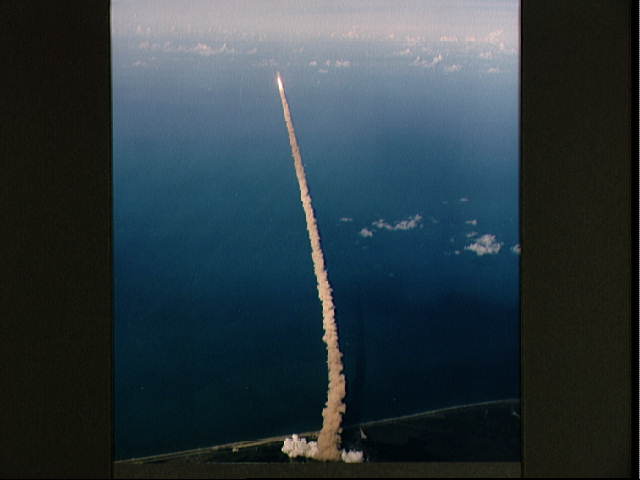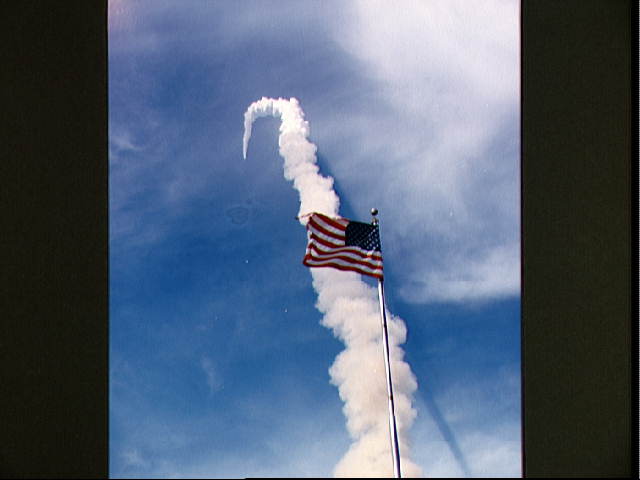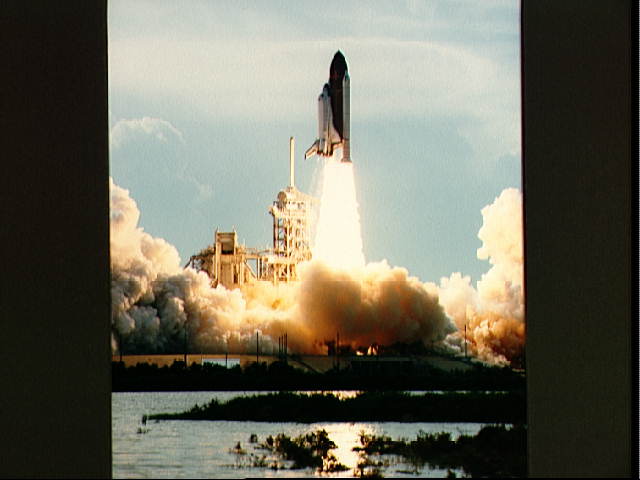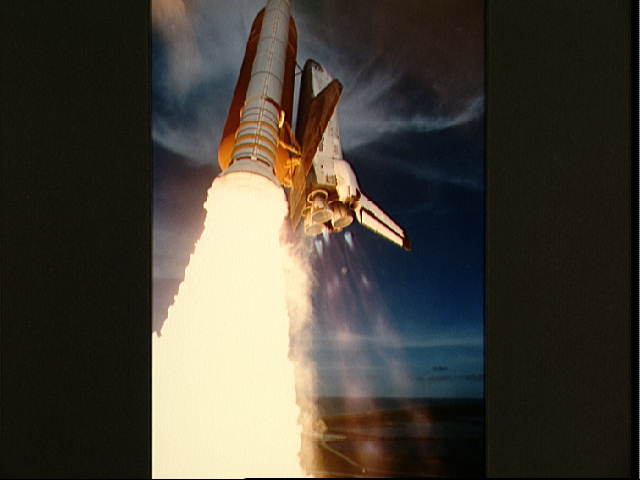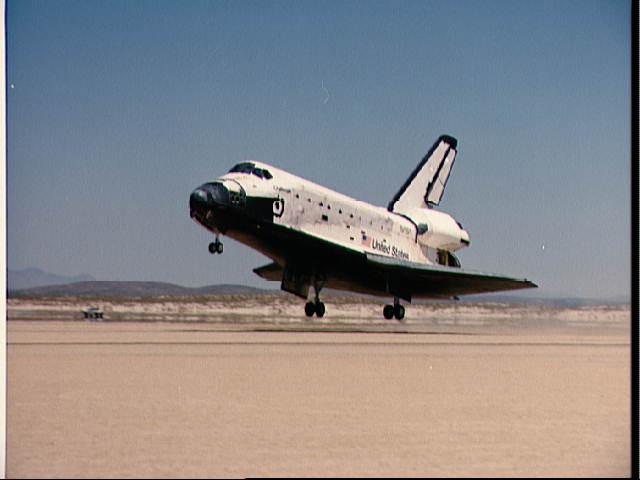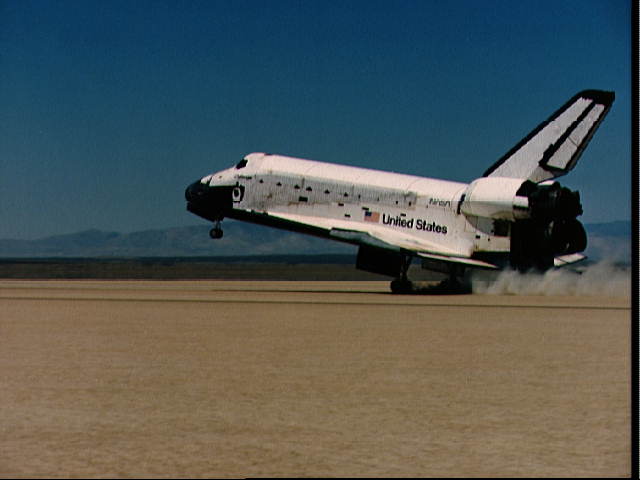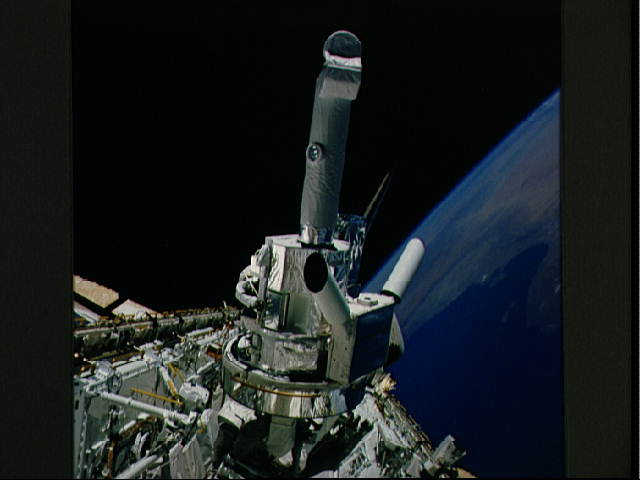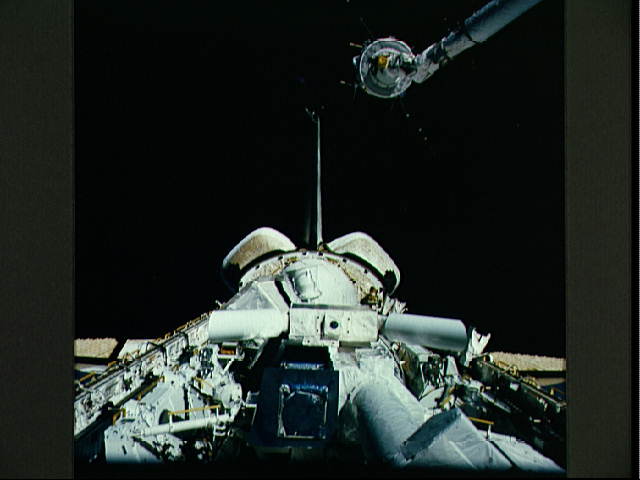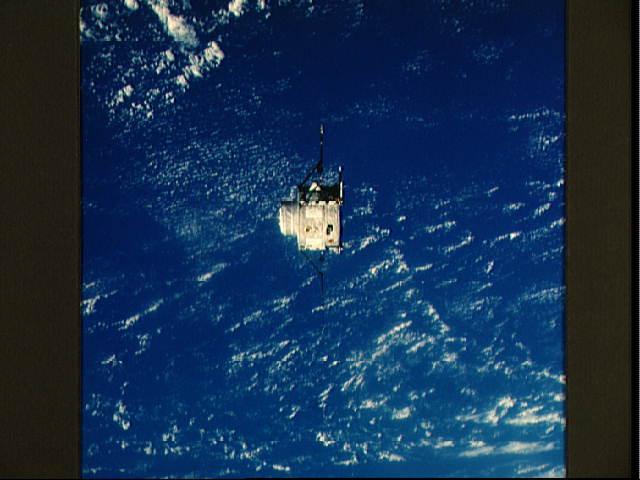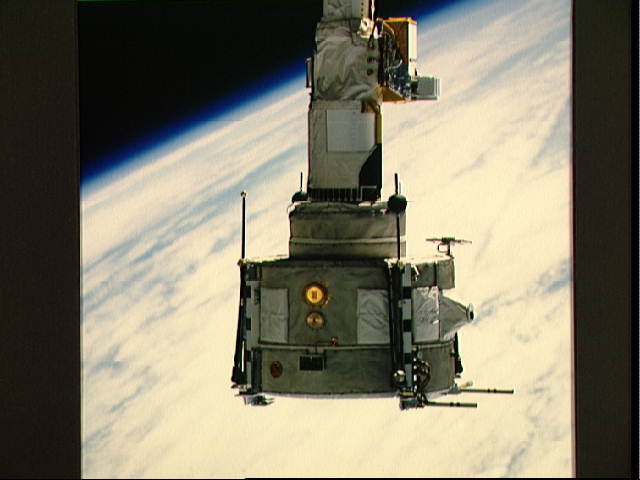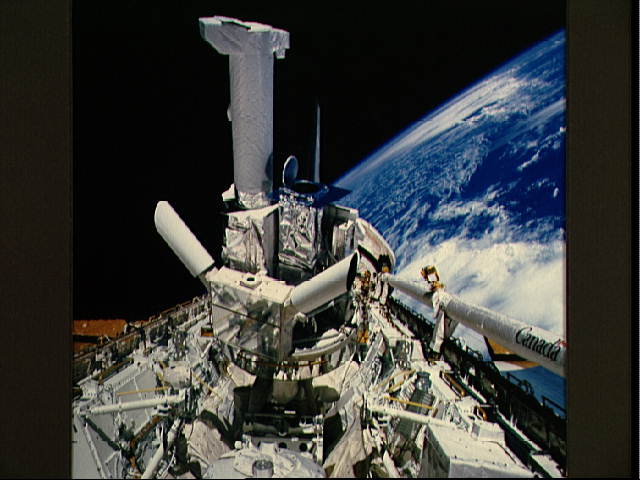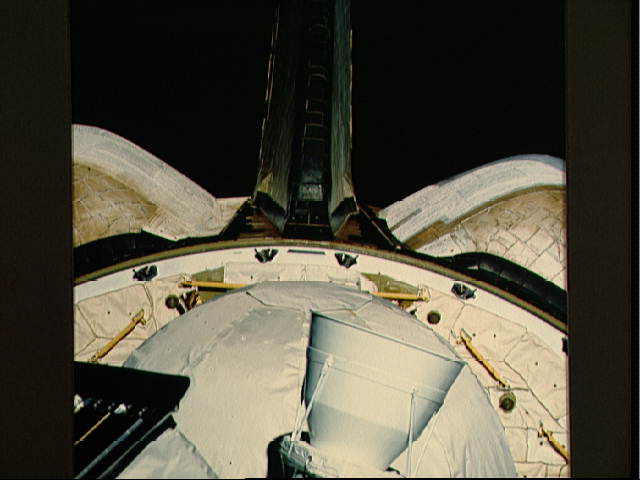STS-51F Fact Sheet
By Cliff Lethbridge

STS-51F — Challenger
19th Space Shuttle Mission
8th Flight of Challenger
Crew:
C. Gordon Fullerton, Commander
Roy D. Bridges, Jr., Pilot
F. Story Musgrave, Mission Specialist
Karl G. Henize, Mission Specialist
Anthony W. England, Mission Specialist
Loren W. Acton, Payload Specialist
John-David F. Bartoe, Payload Specialist
Orbiter Preparations:
Tow to Orbiter Processing Facility – May 12, 1985
Rollover to Vehicle Assembly Building – June 24, 1985
Rollout to Launch Pad 39A – June 29, 1985
Launch:
July 29, 1985 – 5:00:00 p.m. EDT. Launch attempt on July 12, 1985 resulted in a main engine cutoff at T-3 seconds due to a malfunctioning coolant valve in Main Engine Number Two. July 29 launch was delayed 1 hour, 37 minutes due to a problem with the table maintenance block update uplink.
At 5 minutes, 45 seconds into the ascent, Challenger’s Number One Main Engine shut down prematurely. In the first in-flight abort of the Shuttle program, Challenger was able to abort to orbit and reach an acceptable mission orbit by spending additional orbital maneuvering system fuel.
Landing:
August 6, 1985 – 12:45:26 p.m. PDT at Runway 23, Edwards Air Force Base, California. Rollout distance was 8,569 feet. Rollout time was 55 seconds. Mission duration was 7 days, 22 hours, 45 minutes, 26 seconds. Landing occurred during the 127th orbit.
Mission Summary:
The mission’s primary payload was Spacelab-2. Despite the abort to orbit, which required some mission replanning, the overall mission was deemed a success. The main mission objective was to verify performance of Spacelab systems and determine interface capability with the Shuttle. Spacelab-2 experiments were conducted in life sciences, plasma physics, atmospheric physics and technology research.
SELECTED NASA PHOTOS FROM STS-51F
